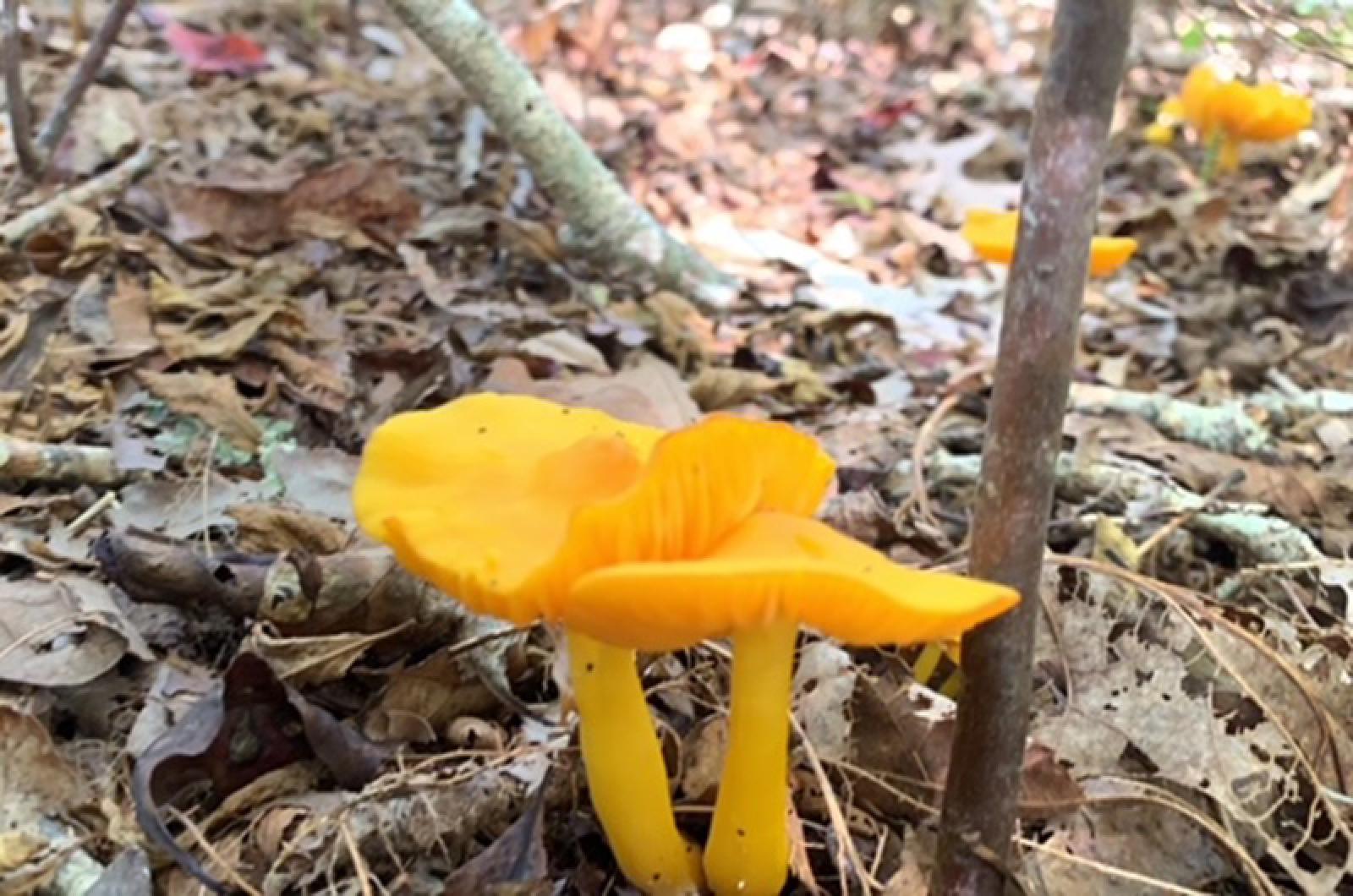The queries sprouted just like, well, mushrooms.
What a season it was for fungus. These organisms were everywhere, and everyone wanted to know what they were observing on their walks, in their yards and gardens, and generally all over the place. Emails, photos and calls came in, asking for identification and edibility.
I usually politely decline to answer these inquiries. First of all, I am a generalist, and know a little bit about lots of things in nature. I’m definitely not an expert on mushrooms, edible or otherwise. Second, I am risk averse for myself (I only eat a few species), and lastly, I don’t want to be responsible for what could be someone else’s life-and-death decision.
Dramatic? Yes and no. While there are some easy-to-identify mushrooms, and those with the skills to safely recognize and use them, there are also other varieties that mimic poisonous ones. With the variety of growth stages and diverse appearances of even a single species, it is wise to be safe rather than sorry when considering consumption.
There are also many new apps that magically identify species with just a photo, but it is also important to not count on those exclusively, as they can and do make mistakes.
The best bet for those that want to learn about mushrooms is to really dig into the study, use many available resources (websites, books, field guides), and associate with and learn from those more well versed. Though we don’t have a mycology group on Island (the closest is on Cape Cod), The Trustees offers annual walks with the group in the fall. The next walk is on Nov. 21.
Mushrooms are neither plants nor animals, and are classified in the fungus kingdom. Identification of any species starts with keen observation of the organism and its environment. In the case of mushrooms, its location could be in your yard, among oak trees in a forest, in a houseplant, or many other places. Make note of whether it is in soil, on rotting wood, or a live tree, and the types of plants (especially trees) with which it associates.
Look at the size, color and shape of both the cap and stem of the mushroom. Check the underside of the cap and determine if you have a pored, gilled, or toothed mushroom. Take a spore print by removing the mushroom cap, placing it on glass or white paper, covering it with an upside-down drinking glass to reduce spore disturbance, and leave overnight. When you check it the next day, the spores’ color can help with the identification.
Smell it: sometimes that gives a clue. An example is the red chanterelle that has an apricot scent. Some mushrooms respond to chemicals such as ammonia, potassium hydroxide or iron salts, and that is a way to differentiate certain species.
There are also some suggestions for avoiding poisonous varieties. White gills might indicate a toxic mushroom. A bulging ring around the stem, called an annulus, is another sign to consider avoiding that mushroom. Be wary, too, of a cup at the bottom, known as the volva, that might be just below the soil surface, so digging around the stem is another tip.
With more than 14,000 species of mushrooms worldwide and a diverse array of species locally, don’t be in the dark about the basics if you want to identify, collect and use fungi. Be patient, learn and explore; but most of all be careful and stem the tide of uneducated guesses.
Remember that while you may not mushroom into an expert quickly, don’t cap a burgeoning interest: the rewards truly outweigh the effort.
Suzan Bellincampi is islands director for Felix Neck Wildlife Sanctuary in Edgartown and the Nantucket Wildlife Sanctuaries. She is also the author of Martha’s Vineyard: A Field Guide to Island Nature and The Nature of Martha’s Vineyard.




Comments
Comment policy »